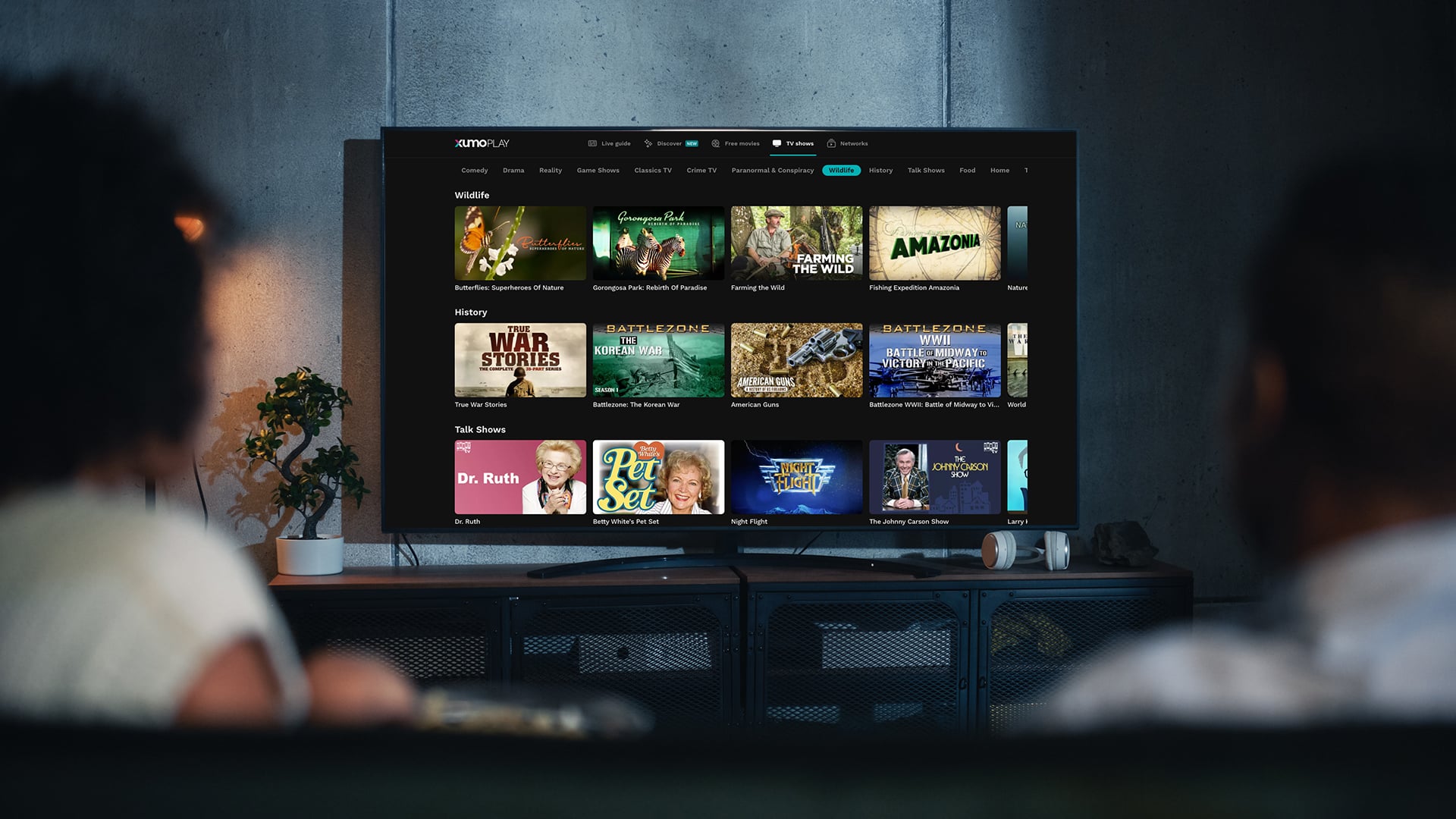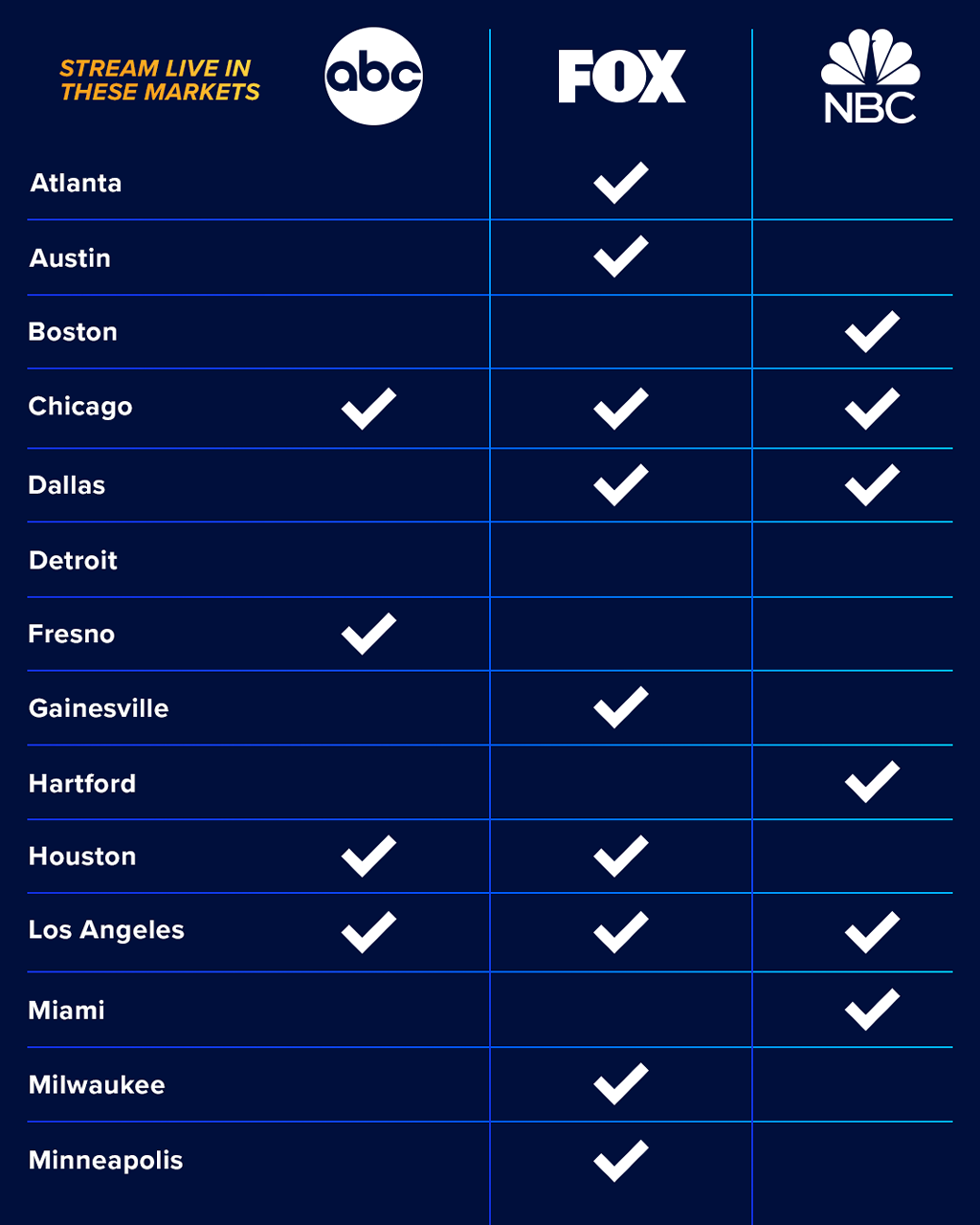All about Apollo Group Tv
All about Apollo Group Tv
Blog Article
Everything about Apollo Group Tv
Table of ContentsThe Ultimate Guide To Apollo Group TvMore About Apollo Group TvAn Unbiased View of Apollo Group TvWhat Does Apollo Group Tv Do?
In this circumstance, as opposed to having three-minute commercial places during a 30-minute television program, television shows may alter to one where a consumer will be called for to have a regular monthly membership, so that they cen sight targeted banner advertisements. This kind of advertising and marketing already occurs online, and the quantity of information tv firms collect allows them to do similar.Explain the major patterns among the broadcasting and cable networks. Popular radio reveals such as cops drama Dragnet and western cowboy collection Gunsmoke were adjusted for television, and new TV programs were funded by single advertisers, simply as radio shows had actually been.
Today, the tv sector is much more complex. Programs are funded by several marketers; programs is controlled by significant media empires; and the 3 major networks no much longer dominate the airwaves but instead share their audiences with countless cord networks. A number of elements represent these fads within the industry, including technological developments, federal government guidelines, and the development of brand-new networks.

Not known Factual Statements About Apollo Group Tv
Developed in 1969, (PBS) established out of a report by the Carnegie Commission on Educational Television, which took a look at the duty of instructional, noncommercial television on culture. Public television was also meant to supply universal access to television for visitors in country locations or customers who could not manage to pay for exclusive television services.
The duration between 1950 and 1970 is traditionally recognized as the. Aside from a small section of airtime managed by public television, the three significant networks (understood as the Big Three) dominated the tv market, jointly accounting for greater than 95 percent of prime-time watching. In 1986, Rupert Murdoch, the head of international company Information Corp, launched the Fox network, testing the supremacy of the Big 3.
Targeting young and minority target markets with shows such as Buffy the Vampire Killer, Moesha, Dawson's Creek, and The Wayans Bros., the new networks wanted to attract stations far from their old network affiliations. Rather than duplicating the success of Fox, UPN and WB had a hard time to make an effect. Incapable to bring in numerous affiliate stations, the 2 recently established networks reached fewer families than their bigger opponents since they were impossible in some smaller cities.
This decision led the way for the growth of cord film networks, contributing to the exponential growth of wire in the 1980s and 1990s. apollo group tv app. Further deregulation of cable television in the 1984 Cable Television Communications Plan Act removed limitations on cord rates, enabling drivers to charge what they wanted for wire services as long as there was efficient competitors to the service (a standard that over 90 percent of all cable television markets might satisfy)
The Greatest Guide To Apollo Group Tv

Having produced the initial "superstation," Turner increased his realm by establishing 24-hour information network CNN in 1980. At the end of the year, 28 national programming solutions were readily available, and the wire change had started. Over the next years, the market underwent a duration of quick growth and popularity, and by 1994 audiences might select from 94 standard and 20 costs cord services.
Figure 9 - https://share.evernote.com/note/b8a5e734-4a09-8009-0069-6a90e1bbb7f0.16 Increased competition from wire networks has caused a steady decline in the networks' audience rankings. During the 1950s, the price of creating a solitary television show raised as shows ended up being much longer and production costs skyrocketed. Sponsorship on network tv shifted from single sponsorship, in which a program was completely sustained and generated by one marketer, to multiple sponsorship, in which advertisers got 1- or 2-minute places on the program
Each feedback must be a minimum of one paragraph. Choose one of the Big 4 networks and publish out its once a week programming routine. Watch the network's prime-time programs over the training course of a week, keeping in mind the target market for every show. Observe the advertising enrollers that support each show and contrast exactly how the products and services fit with the intended target market.
Some Known Questions About Apollo Group Tv.

Direct television, check out here typically described as conventional broadcast television, includes cord and satellite tv. It's called "straight" since web content follows a fixed programs routine, unlike on-demand web content which the private viewer decides to see based on their own preferences and timetable. When you ask, "What is straight Television?", think about it as the traditional method of enjoying television that has been around for decades.
Report this page